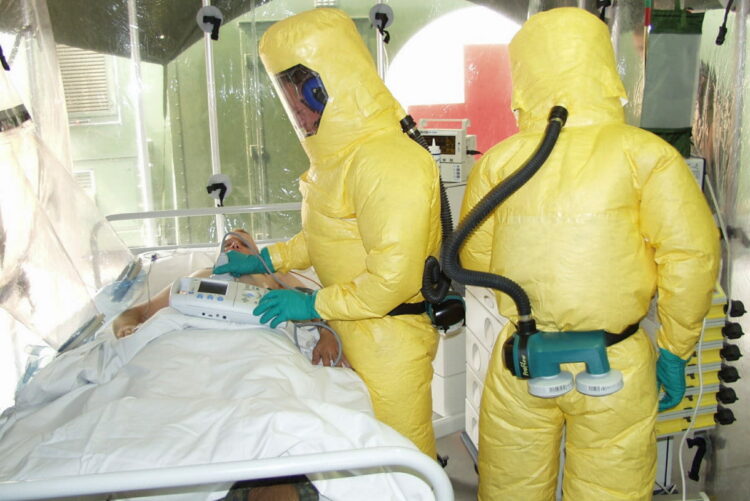Lassa fever, a disease similar to the Ebola virus: this is how it is transmitted

Efforts are being made to trace people who have had contact with the deceased with Lassa fever in the UK. Lassa fever is a life-threatening infectious disease caused by an arenavirus, the Lassa virus, similar to that of Ebola. The disease is of concern, but the risks to the population remain very low, according to the Kingdom health agency. Three deaths have been recorded in the UK, all of whom have returned from West Africa. Ukhsa is trying to trace those who in recent days have had close contact with family members who tested positive for the virus, to which the deceased man belonged.
- Ragusa: news from the CGIL
- Headache after turbulence in flight, doctor discovers that his brains are pierced
- Ragusa, here are the reports of the week
- Diet rich in fiber and anti-cancer therapy: here are the effects on the intestinal microbiota
- In the Six Nations, Italrugby yields against England 33-0
Lassa fever: what it is and how it is transmitted
The Higher Institute of Health reports that the disease “belongs to the group of viral haemorrhagic fevers (Fev), systemic diseases of viral origin, characterized by sudden, acute onset and often accompanied by haemorrhagic manifestations”. Natural reservoirs for the disease are typically animals or insects and the virus is usually confined to areas where host species live. Human to human transmission can occur through direct contact with the blood, urine, feces, or other body secretions of a person with Lassa fever. Infections contracted inside hospitals are frequent. In most cases, the infection is asymptomatic. Severe cases are almost always fatal from hypovolemia (the decrease in the volume of circulating gas) and acute liver failure.
Lassa fever: prevention
Universal precautions are recommended to avoid Lassa fever infection, including the use of personal preventive equipment and other airborne isolation measures (eg, use of safety goggles, high-efficiency masks, a safety chamber). negative pressure, positive pressure filter respirators) and contact surveillance during treatment of patients with Lassa fever. Primary transmission of the Lassa virus from its rodent host to humans can be prevented in endemic areas by avoiding food, water and the environment contaminated by infected rodents; however, the wide distribution of these rodents in Africa makes complete control of these rodent reservoirs impractical.




















+ There are no comments
Add yours